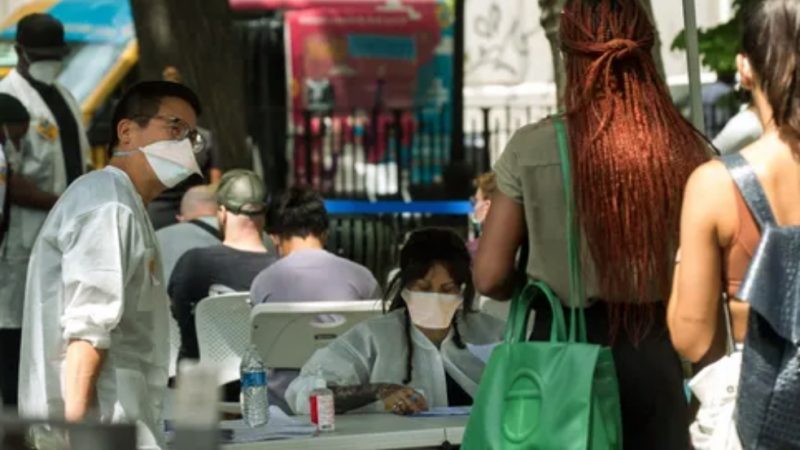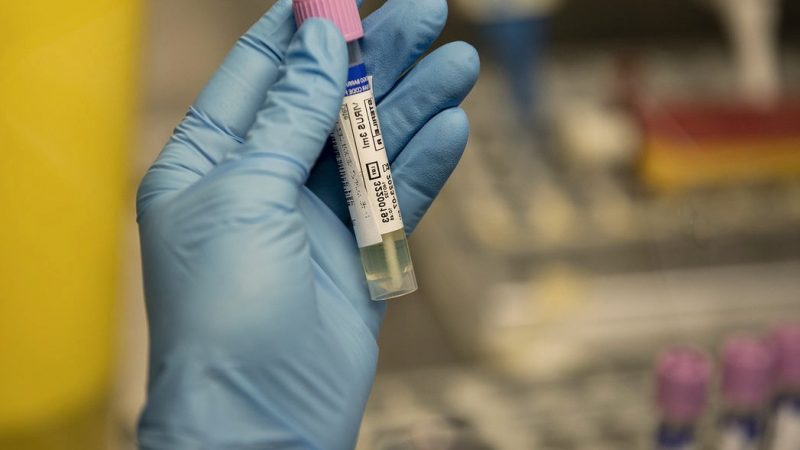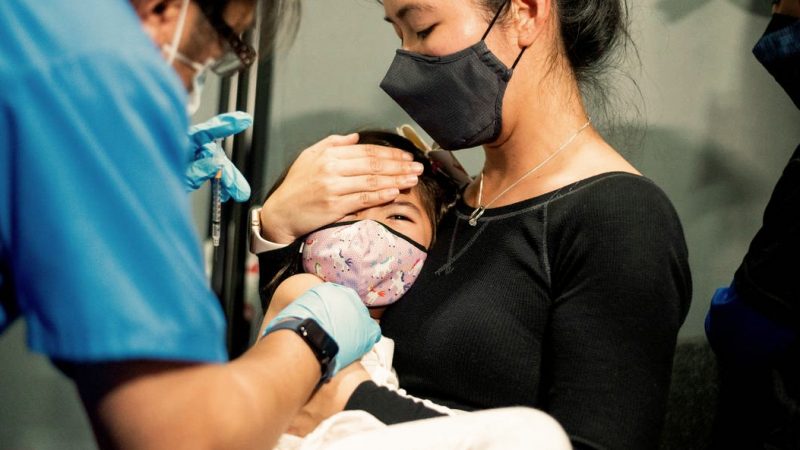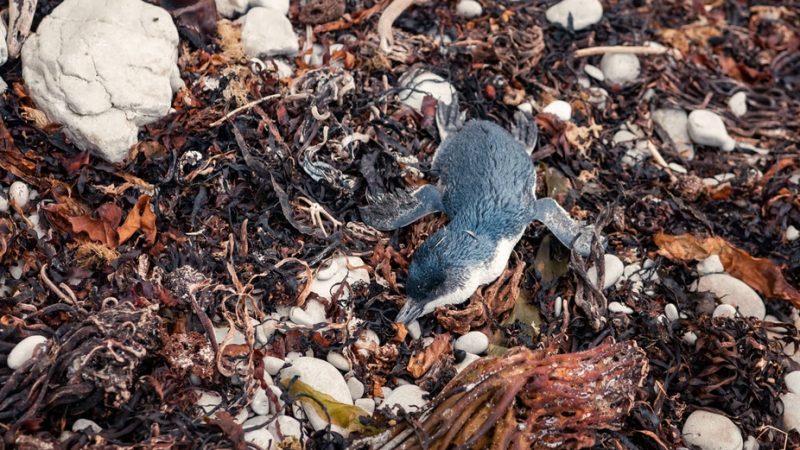What are Microplastics in the Food: Understanding Risks & Solutions
What Does Microplastic Mean?
Clear from the name itself; microplastics are small plastic particles that range around 0.2 inches or 5 mm in size. These particles are commonly found in aquatic regions like oceans and rivers along with the soil.
Besides, they are often consumed by animals, including aquatic organisms. That’s why microplastics are particularly said to be high in seafood.
As per a study, around 24.4 trillion prices of microplastics are present in the world’s oceans. However, they are predicting that the actual amount is much greater than this value.
Does our Food Contain Microplastic?
Technically, yes! Microplastics are present in the mixture form that sources from food fillers, stabilizers, and byproducts. Here are some common microplastics present in food:
- Dioxin
- Phthalates
- Polythene and Polypropylene
- Bisphenol A
- BPA, BPF
- Mono-(3-carboxypropyl)
- Mono-(carboxyusononyl)
- Mono-(carboxyisoctyl)
Health Risks of Microplastics

Some of the chemicals in these microplastics might potentially disrupt human health. This includes:
Chronic Diseases
On prolonged exposure, microplastics have risks of developing diabetes and heart conditions. Many experts believe that microplastic has the potential to absorb toxic substances and contain additives like Endocrine disrupting chemicals (EDC).
This EDC is associated with various diseases like diabetes, obesity, hormonal cancers, learning disorders, etc.
Weak Immune System
Long-term exposure to microplastics can inflame your body and reduce gut health, which further contributes to impaired immune systems. This comes from research conducted by NCBI on the in vivo effects of microplastics in the gut epithelium, microbiota, immune response.
Infertility and Polycystic Ovarian Syndrome
Bisphenol-A, one of the microplastics that we mentioned above, can cause infertility in the male population. This comes from research that also states its role in forming PCOS (Polycystic Ovarian Syndrome) in females.
How to Combat Microplastic Exposure?
One of the best ways to combat microplastics exposure is by switching to environment-friendly packaging. Instead of plastics, you should use glass containers/bottles, bamboo utensils/storage jars/bowls, storage containers, rice husk bowls, etc.

You may also keep the microplastics at bay by limiting the consumption of highly processed food. As per a study, fast foods like French fries, burgers, sodas, etc., cause excessive phthalate microplastics. Thus, instead of such processed fast food, you can include healthy options like whole foods or vegan food. That way, there will be lesser exposure to Endocrine-disrupting microplastics.
What’s Next
With ongoing research, a lot is yet to be discovered about microplastics. But, to avoid these synthetic materials, it’s best to switch to natural alternatives while reducing plastic usage all in all.
<< Previous








